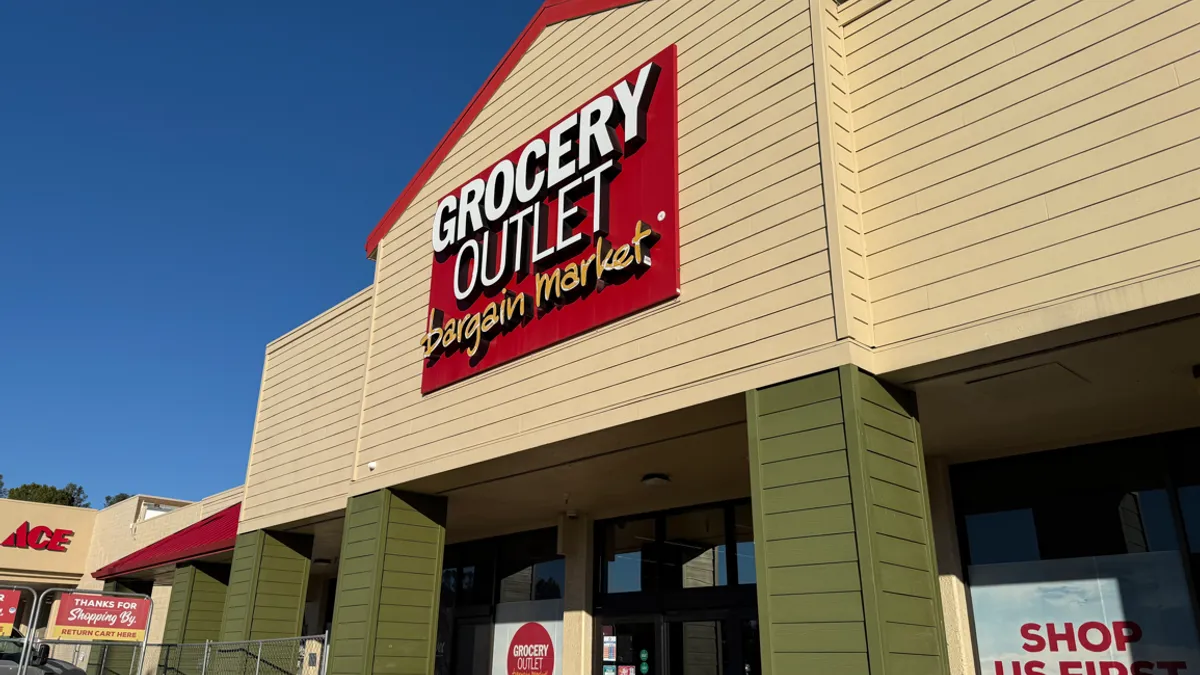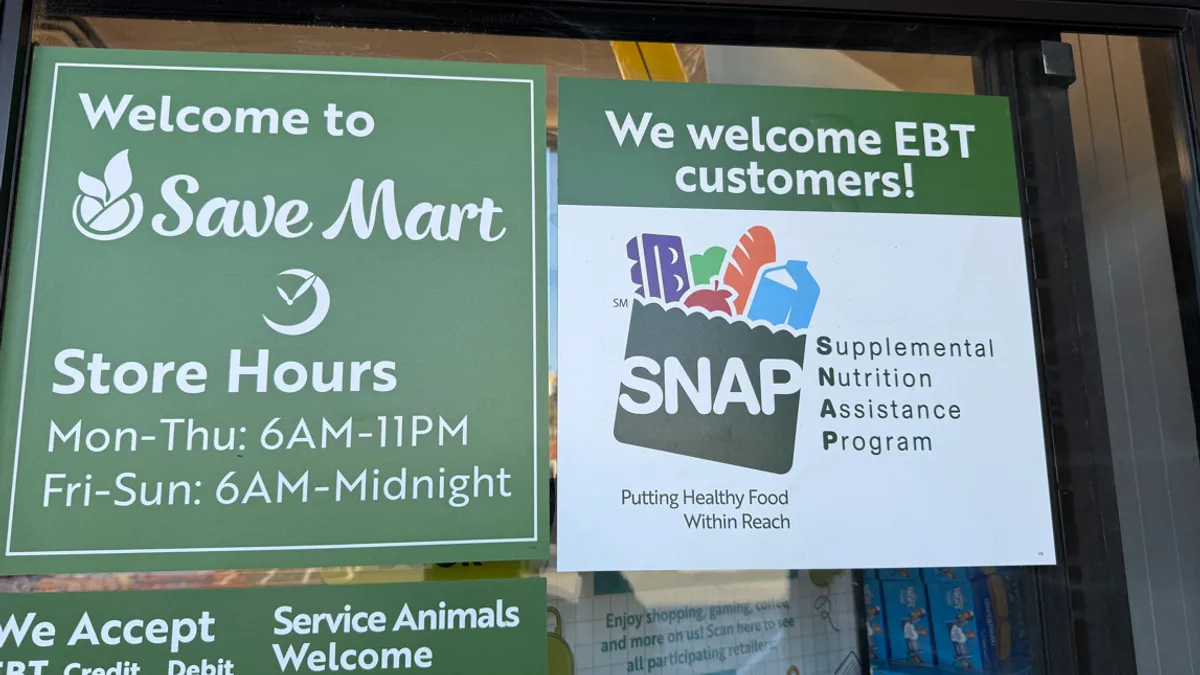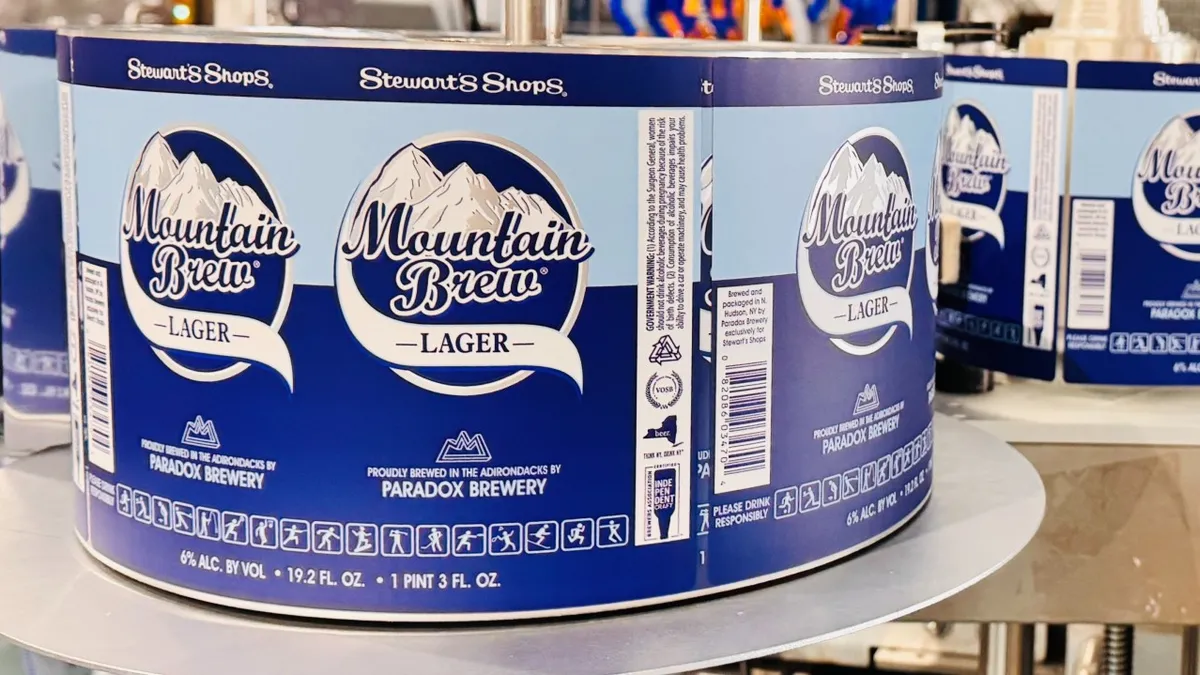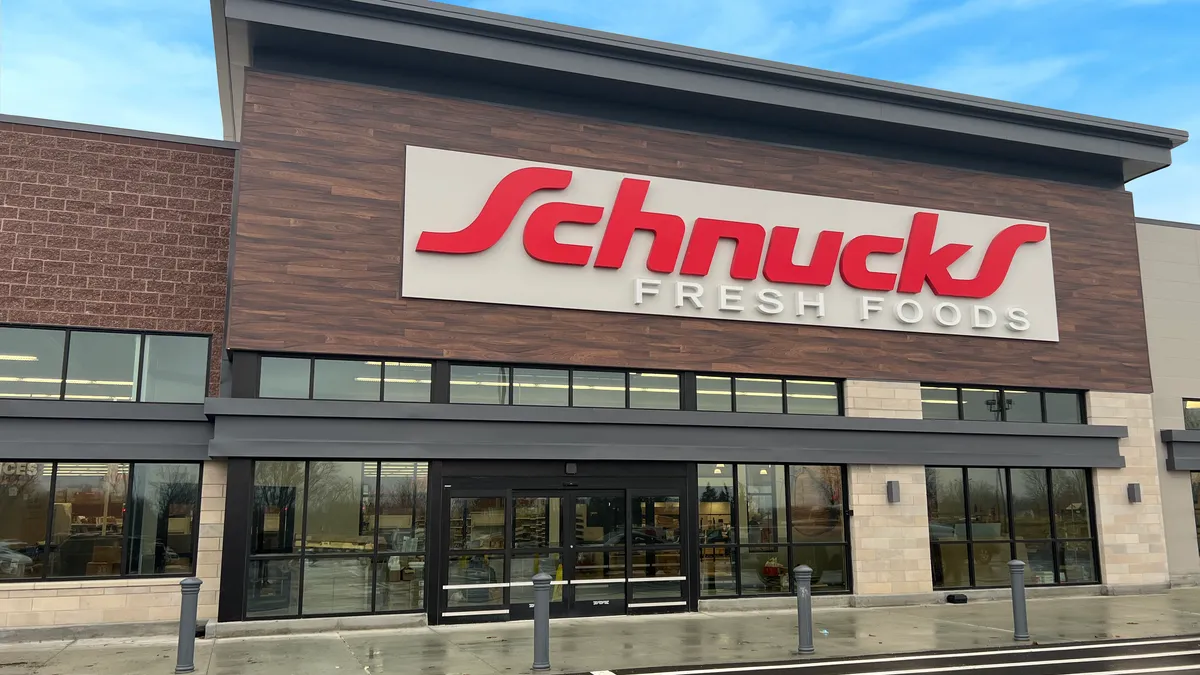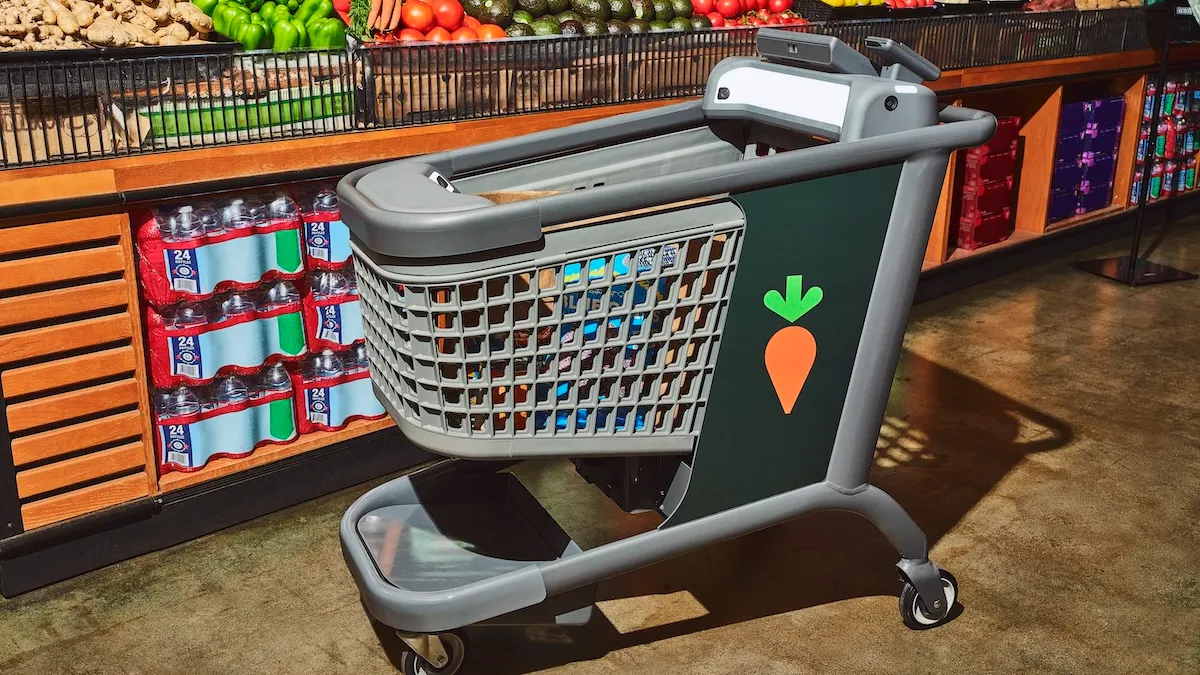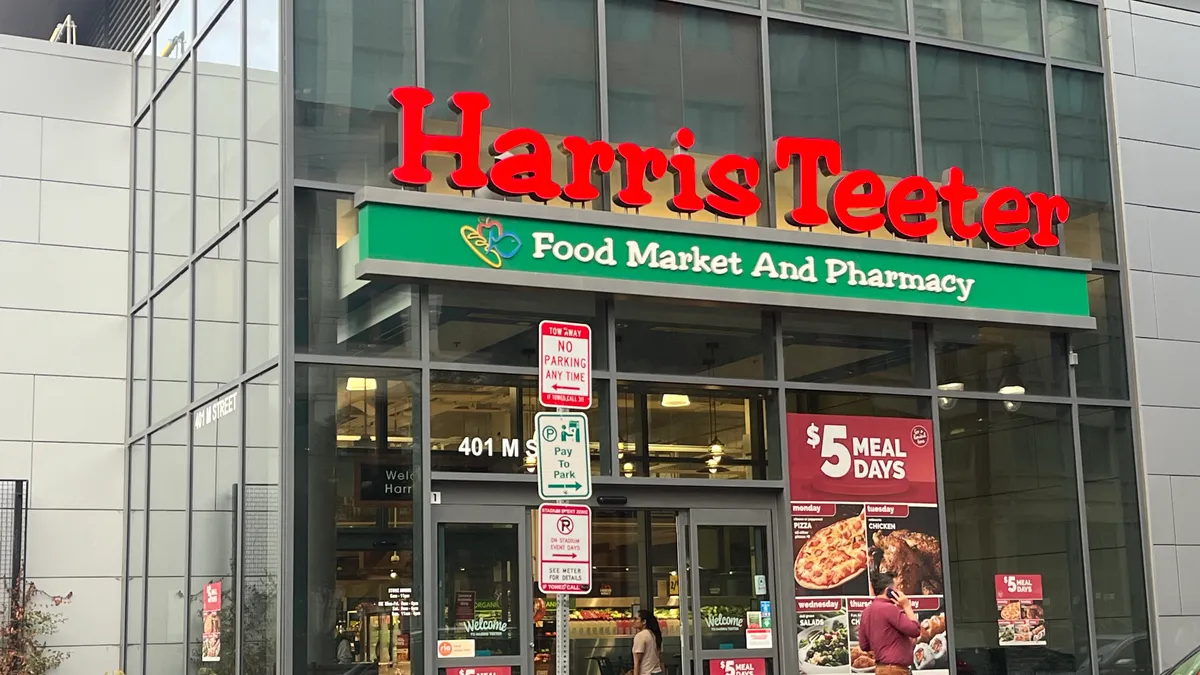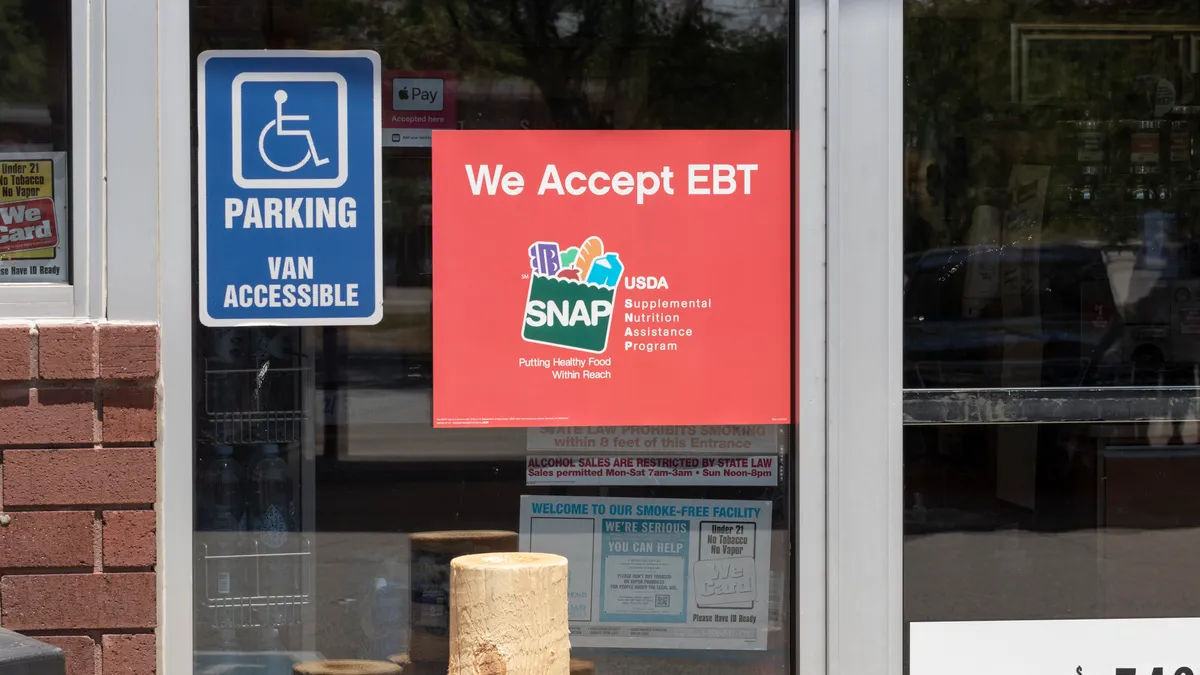Pardon the Disruption is a column that looks at the forces shaping food retail.
The current moment is tailor-made for discount grocers.
Consumers are beyond tired of paying stubbornly high prices for everyday essentials and are willing to shop around at various retailers to find the right deals. The turmoil surrounding the government shutdown and the SNAP program could end up pushing millions of shoppers to trade out of their current grocery stores and into ones that offer the lowest prices in their market.
Consumer anxiety isn’t likely to let up anytime soon. The closely watched consumer sentiment index from the University of Michigan reached its lowest point since 2022 this month. The index of 50.3 is nearly 30% lower than last November.
So are discount grocers ready to capitalize on this macroeconomic environment? For the most part, no.
Aldi certainly seems prepared, having spent the past several years transforming its stores into smart, tidy places that are the supermarket equivalent of what Cliff’s Notes are to a 500-page novel. Its approach seems to be working, and it’s pressing its advantage with an ambitious expansion plan, revamped social media strategy and private label rebrand.
But competitors don’t yet appear to be in fighting form, and that could cost them dearly over the long run. Grocery Outlet last week posted anemic comps growth of just over 1% during its third quarter. That’s disappointing for a company that, at least on its surface, has a compelling selling proposition focused on national brands and a treasure hunt shopping experience.
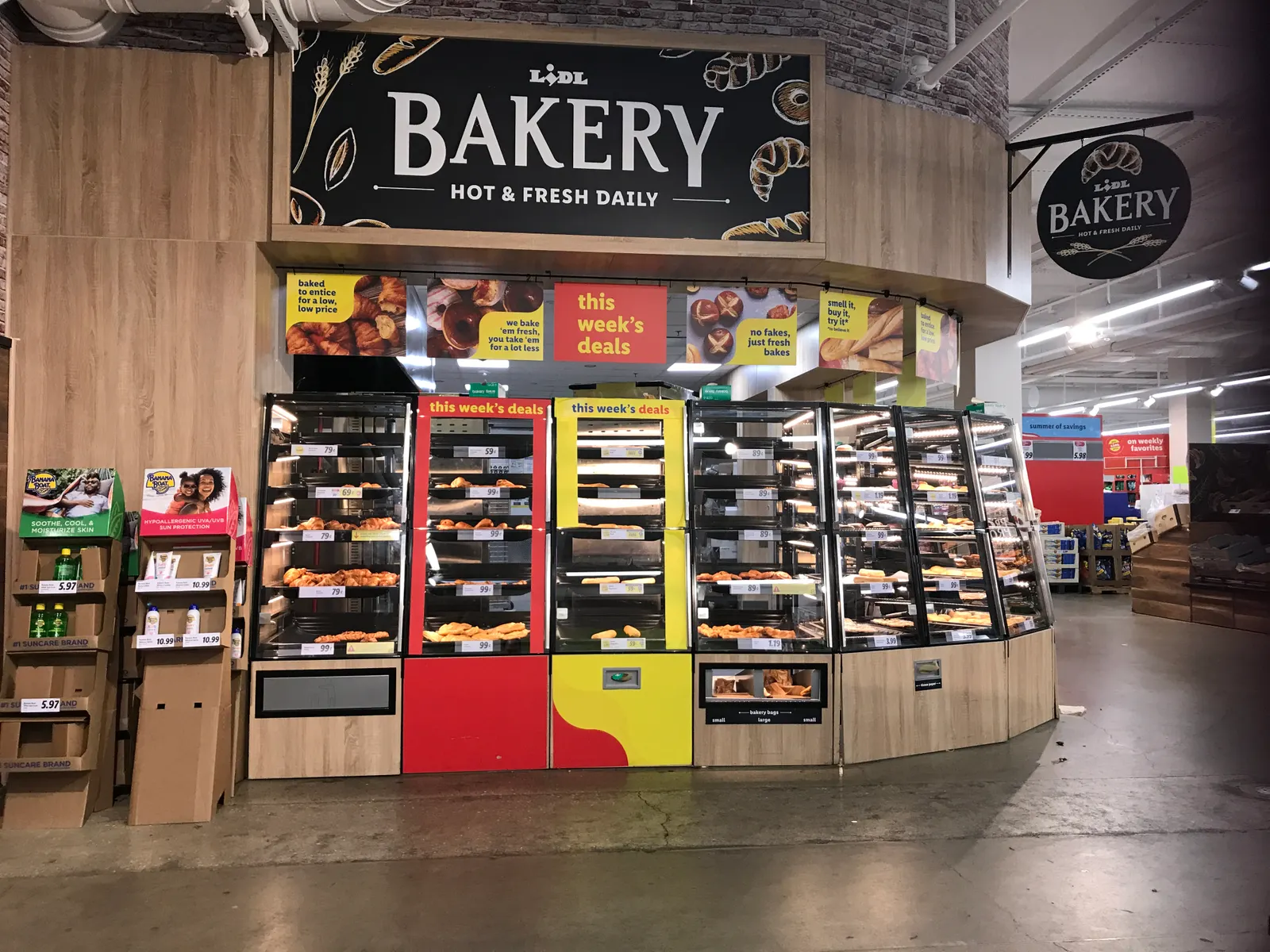
Lidl, the German hard discounter that opened its first U.S. stores more than eight years ago, should also be seizing the opportunity. But it’s still trying to right the ship after initially thinking it could steam across America with the same strategy that succeeded in Europe. Perhaps the biggest indicator that something was amiss: A lot of consumers didn’t even know it was a grocery store. CEO Joel Rampoldt, the latest in a revolving door of chief executives, is making common-sense changes — but the company still isn’t viewed as a major competitor by the rest of the industry.
Save A Lot has likewise struggled to set a consistent strategy for its franchisees amid executive turnover and other headwinds in recent years. It’s all a reminder that discount grocers, while a growing threat in the industry, are still very much a work in progress.
Grocery Outlet’s buried treasure
Grocery Outlet sums up what’s promising — and also what’s flawed — with the discount grocery sector right now.
There’s a lot I like about the company. It features the same focus on small stores and low prices that has propelled Trader Joe’s and Aldi. Yet Grocery Outlet differs from those chains by stocking mostly national brands and frequently rotating its selection. Its purchasing strategy, under which it secures surplus goods for below list price, brilliantly feeds into a marketing strategy focused on product discovery, or what company executives call a “treasure hunt” shopping experience.
But a lot of shoppers don’t want to hunt for their groceries — they want a selection of products they can rely on week in and week out. In addition, Grocery Outlet’s frequently rotating selection has made its stores something of a chaotic mess. Grocery Dive staffers, including myself, have visited several locations this year, and we agreed that the stores felt disorganized and outdated.
Grocery Outlet’s sluggish comps growth, which hasn’t come in above 3% in more than a year, indicates a lot of consumers are having the same frustrations that we did. Add to that a botched tech transition, C-suite turnover and value messaging that has struggled to connect, and the discount grocer is out of step at a time when it should be hitting all its marks.
Improvements are on the horizon for Grocery Outlet. CEO Jason Potter, who took over the top role early this year after leading The Fresh Market during its highly successful repositioning, seems to have identified key problems and is whipping the discounter into shape. He’s laid out a sensible transformation strategy that includes striking a better balance between discovery and consistency. A new store model features key departments like produce, meat and seafood in areas that will feel familiar to shoppers, as well as a core assortment of 400 products like Heinz ketchup, Daisy sour cream and Eggo waffles.
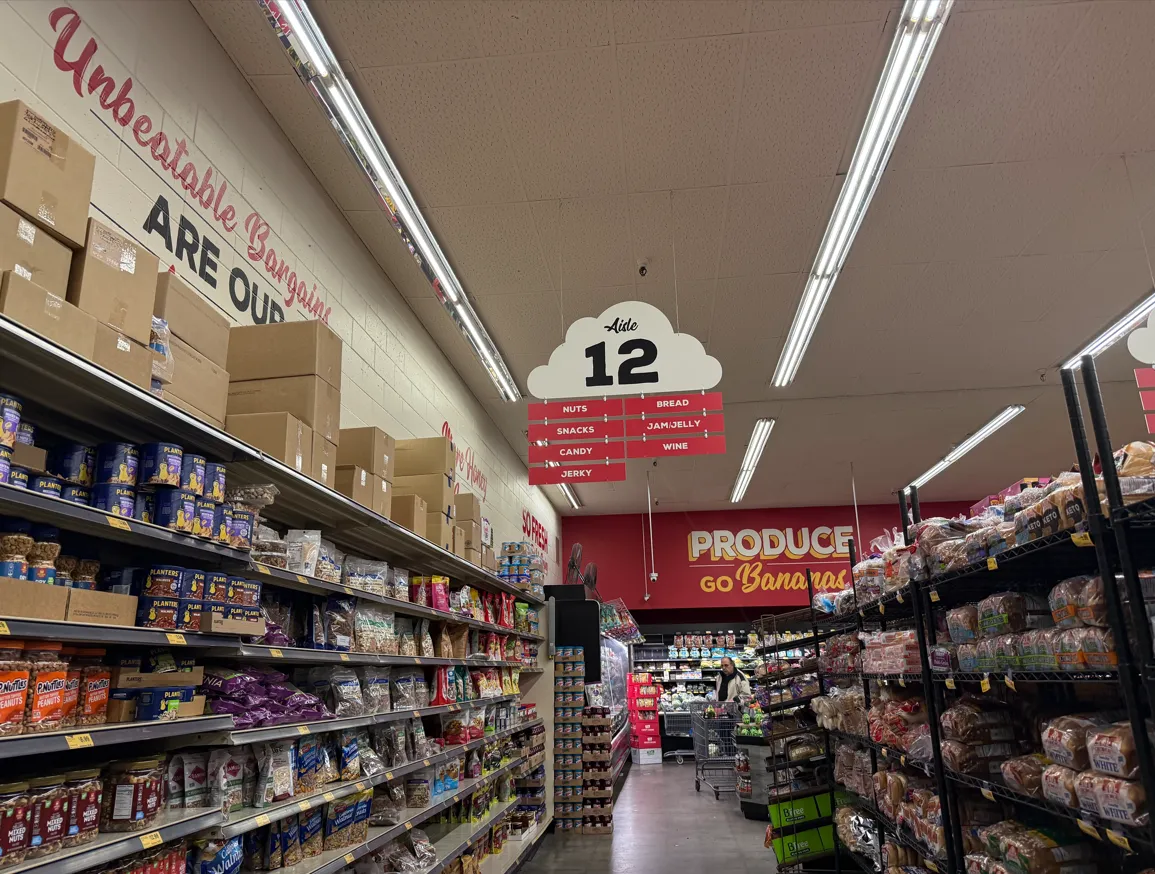
Similarly, Lidl is focused on stabilizing its operations while still managing to grow at a modest pace. Under Rampoldt, the discounter has refined its branding, trimmed its assortment and worked to emphasize core categories like produce, meat and bakery.
Save A Lot, meanwhile, has recently revamped its loyalty program and zeroed in on Hispanic consumers. These moves, along with the recent naming of a seasoned grocery leader as its new CEO, are steps in the right direction.
But it will take time before all of these changes lead to material improvements. And the rest of the industry will not be sitting still in the meantime.
An opening for traditional grocers?
This is all a reminder that, for all the noise they’ve made in recent years, discount grocers are still small fish in the vast food retail ocean. Add up all the locations across the four chains I’ve discussed in this column, and you’ve got a total that’s less than Kroger and Albertsons’ combined footprint.
Shifting a significant portion of their grocery budgets to small, value-focused stores still represents a significant shift for U.S. consumers used to large stores and wide selections. Conventional grocers still have a strong hold on shoppers who value fresh food and large-basket trips.
Recent data backs up the idea that discount grocers aren’t yet a rising threat to the nation’s many conventional grocers. Over the past five years, discounters’ share of produce spending has remained at 10%, according to Circana data cited in a recent report by management consulting firm AlixPartners. Mass retailers and club stores, on the other hand, have each increased their category share by 2 percentage points during that time.
I recently wrote a column analyzing changes in market share among the top 20 U.S. grocers. While Walmart and Costco gained more than a percentage point over the past five years, Aldi and Trader Joe’s gained less than half a percentage point.
Indeed, mass merchants and club stores are the real threat to traditional grocers. Costco has gained grocery market share every year for the past five years, while Walmart has nabbed share from leading grocers like Giant Eagle by sharpening every single part of its grocery business — from fresh to e-commerce and private label — while also maintaining its pricing edge. Addressing the threat posed by these retailers, along with Amazon, is the top priority for U.S. grocery chains in the near term.
In the long term, though, retailers will need to have a strategy for addressing discount grocers as more of them grow from hundreds to thousands of locations. They might be a work in progress at the moment, but they’re all making savvy adjustments and determined to become formidable food retail competitors


